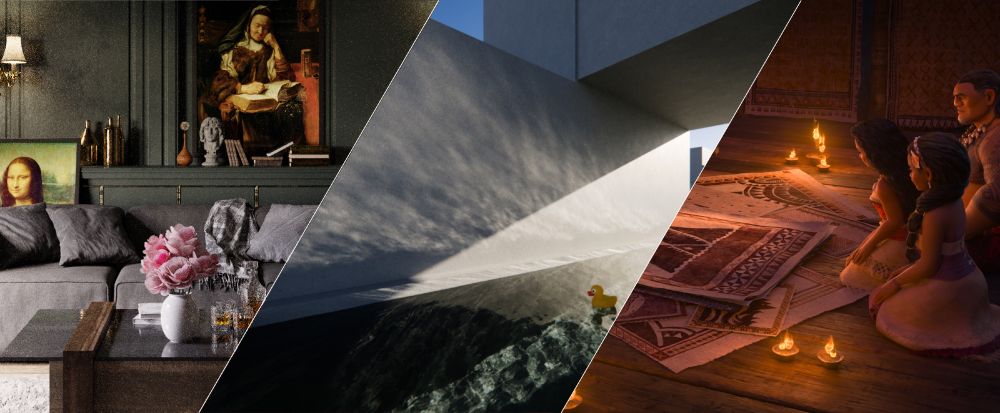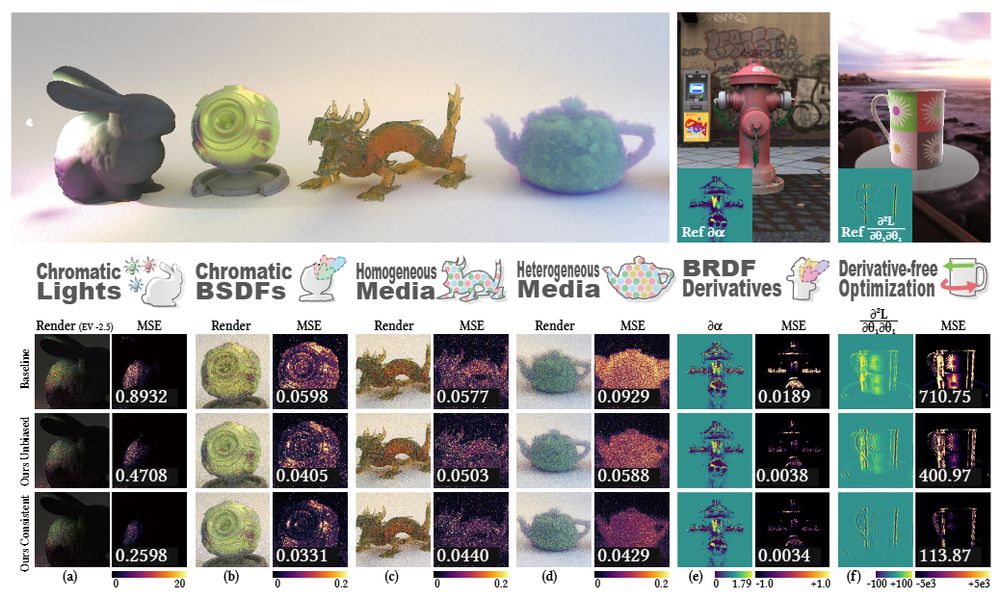Markus Worchel
@mworchel.bsky.social
200 followers
150 following
34 posts
Computer Graphics PhD student at TU Berlin.
(differentiable) rendering, inverse graphics, GPGPU
mworchel.github.io
Posts
Media
Videos
Starter Packs
Markus Worchel
@mworchel.bsky.social
· Sep 3
Reposted by Markus Worchel
Markus Worchel
@mworchel.bsky.social
· Aug 12
Markus Worchel
@mworchel.bsky.social
· Aug 12
Markus Worchel
@mworchel.bsky.social
· Aug 12
Reposted by Markus Worchel
Reposted by Markus Worchel
Reposted by Markus Worchel
Reposted by Markus Worchel
Markus Worchel
@mworchel.bsky.social
· Jun 25
Reposted by Markus Worchel
Reposted by Markus Worchel
Reposted by Markus Worchel
Reposted by Markus Worchel
Markus Worchel
@mworchel.bsky.social
· Jun 4
Markus Worchel
@mworchel.bsky.social
· Jun 4









